By John Lincourt
I’m a Rhode Island based photographer specializing in nautical photography. That means I get to capture a lot of the beauty that is the New England shoreline as well as a variety of uniquely Rhode Island events. It also means that I get to shoot some incredible sailboat racing, many times I’m standing shoulder to shoulder with some of the best photographers in the world. It can be intimidating shooting next to a photographer with the latest big full frame camera and an even bigger super expensive, super fast lens. I’ve been shooting digital with my crop sensor cameras since around 2005 and shooting sailboat races with my D7000, a D5100 and my trusty Sigma 150-500mm (and several other Sigma lenses) since 2012.
This spring when I was given the opportunity to shoot a great event called J Fest New England in Bristol, RI as their official photographer, I knew instantly that I’d be giving my gear a good workout. Knowing that if I did a good job for the event, I’d get great exposure and the possibilities of shooting more work for J Boats the makers of the very popular J22’s and J24’s among many other models. Then the wheels started turning. Nikon just came out with their new flagship Crop Sensor Camera, the D500, Sigma recently launched the 150-600mm Contemporary and Sport lenses and now the 50-100mm f/1.8. A few emails and a manageable credit card bill later I had what I hoped would be the ideal kit for shooting regattas on its way, a rented Nikon D500 and the 2 lenses on loan for the whole month of August from Sigma. The original plan was to shoot the regatta and then return all the equipment, write this blog for Sigma and that would be the end. Having the 2 lenses for the whole month though gave me a few more options to put the lenses through a good workout. The D500 went back the day after J Fest, but since I had the 2 lenses for an additional 3 weeks, I was able to shoot 2 other regattas and a really cool night event using the 2 lenses and my D7000 and the D5100 that I use as my 2nd camera when I shoot regattas.
I made sure I had all the equipment a week before J Fest so that I could set everything up and get used to all the new gear. I didn’t want to show up at the regatta and not be able to set up all my new equipment. To my delight, an opportunity presented itself, a friend’s Little League team made it to Northeast Regional tournament in Bristol, Ct. Shooting that event would certainly be a challenge though, the game would be under the lights, so I was dealing with low light and fast action. I set up the cameras the same way I’d be using them for the regatta the following weekend. The only real difference was that I was shooting at a much higher ISO. The 150-600 would be on the D500 and the 50-100 would be on my older D7000.
I expected the images to be sharper than what I could have gotten with my old well used 150-500mm and my 1st generation 50-150mm f2.8, I wasn’t expecting what I got. Both lenses produced what I considered unbelievably sharp images and tracked the action very well even with the relatively low light of being under the lights.
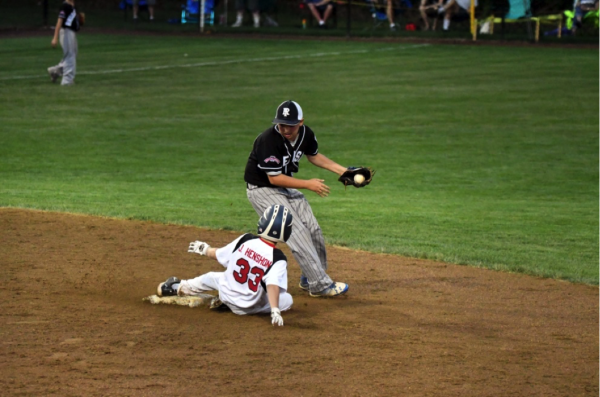

Based on just this practice outing, paring the 150-600mm with the D500 would be everything I’d hoped for. I was able to shoot a high enough ISO so that I could stop any action even late in the game with only the stadium lighting.
So let’s back up and talk about what it’s like to shoot a regatta for a second. If I’m shooting from a boat, I’m going to have my subjects moving in all different directions at the same time, couple that with the fact that I’m going to be bouncing around on a boat too while I’m chasing the fleet, making sure I stay out of their way and still get the boats from different angles, get close ups of individual boats, bows plowing through the chop, wider angle shots of the whole fleet, and while I’m at it, maybe even a few shots of the participants grinding a winch or driving the boat, or even being hoisted up the mast if I’m lucky. If I’m on shore, it’s easier to get full fleets, but I need as much reach as I can to get the activity on deck. The combination, of the two lenses I’ll be using gives me a 35mm equivalent range from 75 mm to a whopping 900 mm on my crop sensor Nikon cameras.
The 150-600mm (225-900 on my Nikon crop sensor camera) gives me the reach I need to pick up the details of the participants and boats while still being able to zoom out a bit to get the whole boat or part of the fleet. The 150-600 Contemporary isn’t supposed to be quite as fast as the Sport, but since I normally shoot events with its predecessor, I expected it would do just fine.
The 50-100mm f/1.8 (75 – 150 on my Nikon crop sensor camera) takes me from just under the low end of the bigger lens down to a relatively wide angle. I normally use my 50-150mm f2.8 as my second lens, so I knew that the 50 – 100 would be an appropriate choice. The secondary use for this lens is to use it during the on shore activities such as the awards dinner and shooting participants prepping their boats, hanging out on the deck with some dark & stormys after the racing & whatever else came up. The midrange telephoto reach makes this a great lens for being able to shoot speakers and awards presentations from behind the participants and get candid shots of participants without being in their faces. The large aperture would also give me a lot of options to be creative during the day.
The opportunity to get my gear splashed when I’m on the water is ever present, so I seriously considered ordering the Sport lens, but considering the fact that I’d be hand holding the lens ALL day, I was more than a bit relieved to find out that Sigma didn’t have one of the sport lenses to let me borrow. To take care of the inevitable splash, I protected the lenses with light weight rain covers.
As I said earlier, I actually got the opportunity to shoot 2 additional regattas using the 2 lenses. One regatta was on the water also, which meant that I used my kit exactly as I had during J Fest, except I didn’t have the D500 anymore. For this regatta, I pared the 150-600mm with my D7000 and had the 50-100 on a D5100. During the last Regatta, I shot from shore on Rose Island in the middle of Newport Harbor. I wasn’t nearly as close to the boats as the earlier regattas, so I really had to rely on the reach of the big lens to capture the action and since I was on terra firma, I shot with a tripod all day. During that race, the 50-100mm f/1.8was used to pick up some details of Rose Island during breaks in the action. The other big change was that I shot exclusively with my D7000, exchanging lenses whenever the need arose.
So how did the lenses perform? In a word outstanding. The combination of these lenses and the brand new D500 gave me an image quality that I think is equal to or better than many full frame/pro level lens combinations that I’m usually drooling over.
The 150-600 Contemporary lens.
Shooting at 150mm, I was plenty wide enough to get a fleet starting a race or even get a close shot of one or two of the boats as they were sailing by me. It was certainly easy enough to zoom in to get some great crew shots just about any time I wanted. In all actuality, I found myself shooting between 150mm & about 450mm most of the time while I was on a boat as I could definitely get close enough to get what I needed. Where the 600 mm came in really handy, was the day I shot the IYRS Classic Yacht Regatta from Rose Island in the heart of Newport Harbor. Even though I was in the middle of the action, everything was definitely happening a lot further away than if I were on a boat. The added stability of shooting with a tripod also assured that I got more than a few keepers. Just attach the adaptor plate to the tripod foot, and mount it on the tripod and the system is well balanced
At 4.3 lbs, this lens is heavy, but it can be hand held. Every one of the 2,500 shots I took each day during J Fest was hand held. Was I tired at the end of the day, sure I was, but even at the end of the day, I could easily support the lens. If you have the ability to use a tripod or monopod, anyone can shoot this lens all day long.
How well did the lens track fast action? I never had to wait to press the shutter. I didn’t get the dock, but the lens has a very convenient switch that allows you to only focus on objects farther away than 10 meters which ended up being very handy on a couple of occasions. Several times I found myself tracking a boat through the supports for the canopy that provided just a bit of much needed shade on a hot July afternoon. It was nice be able to stay focused on the boat.
Even when focusing from relatively close to almost infinity, it was fast and never hunted. Whether the boats were coming at me or going away, once this lens locked on to the subject, it stayed locked on to that subject. The lens has 2 settings for OS (Optical Stabilization). I kept it on setting 1. You can instantly tell when the OS kicks in, the lens just seems to settle down. It’s very noticeable. It’s not a loud lens, but you do hear it doing its thing when the OS kicks in. The focus motor is very quiet.
Comparing this lens with my older Sigma 150-500mm, it seriously just blows the older lens out of the water. Don’t get me wrong, I LOVE my existing lens, it has served me VERY well and taken many awesome pictures. However, the new 150-600mm , even after I sent the D500 back and pared it with my D7000 is noticably sharper than the older lens and tracks better. The lens also has those little extras like the zoom options, the ability to program it using the dock, and YES, it’s got better glass.
Based on the 3 events that I used to review the lens, I would confidently say to anyone considering upgrading, you won’t be sorry.
So here are my overall thoughts about the Sigma 150-600mm Contemporary lens. The lens, absolutely lives up to all the hype. It tracks well and the focus is very quick. The zoom ring works smoothly but is stiff enough that I didn’t have any issues with lens creep. The lens just feels solid too. It’s a pro lens and feels like it’s built to live a hard life. I kept the lens on OS1 the whole time and it worked perfectly.
Did this lens/camera combination live up to my hopes, Yes it definitely did! Paring the Sigma 150-600 Contemporary lens with a Nikon D500 is to me the ultimate set up for shooting sports of any kind. Given enough light, I think you’d be hard pressed to see a difference between the quality of images taken with this lens and those taken with lenses that are several times the cost. The image quality is, at least to me, that good. Couple this lens with the new D500 and its ability to cleanly shoot at ISO’s north of 6,400 and you seriously take away any advantage of one of those $11,000 400mm f2.8’s that Nikon sells, plus you’ve got the added reach and the convenience of being able to zoom out to 150mm if needed. The other advantage is that even though this lens is big, and the Sport lens is even bigger, they are small in comparison with those big heavy super expensive lenses. Finally, I’ve based all my comments on using this lens on a Crop Sensor body, this is a lens designed for Full Frame cameras. Can you imagine paring this lens with a brand new full frame Nikon D5?
The pictures below are pretty much straight out of the camera, all I did in post was straighten the horizon a bit because I can’t stand a horizon that isn’t perfectly horizontal. I’ll let you make your own decision on how sharp the images are. I’ve included high res copies of all photos for readers to pixel peep.
A picture’s worth a thousand words, so here are several thousand words shot with the 150-600 during all 3 regattas:

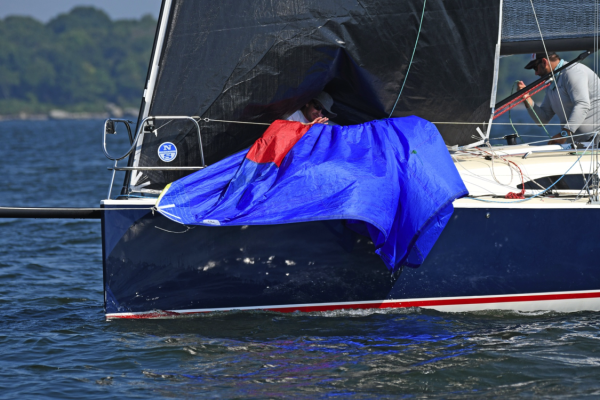
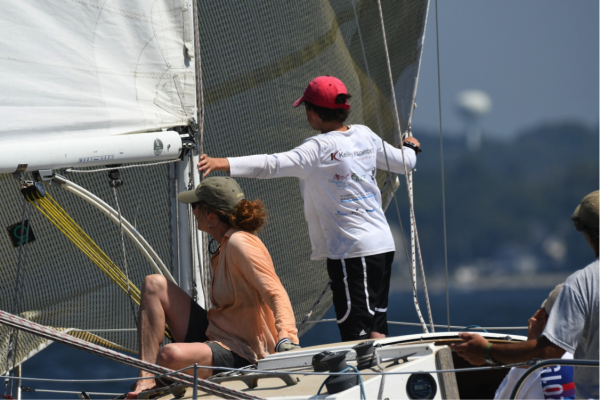
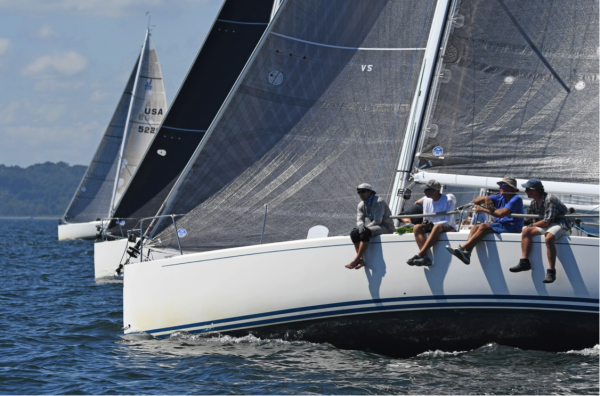
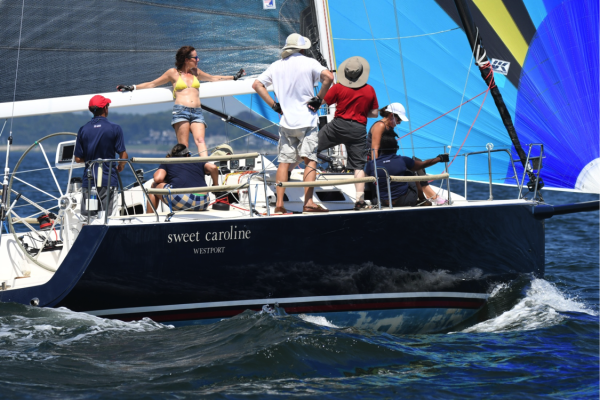
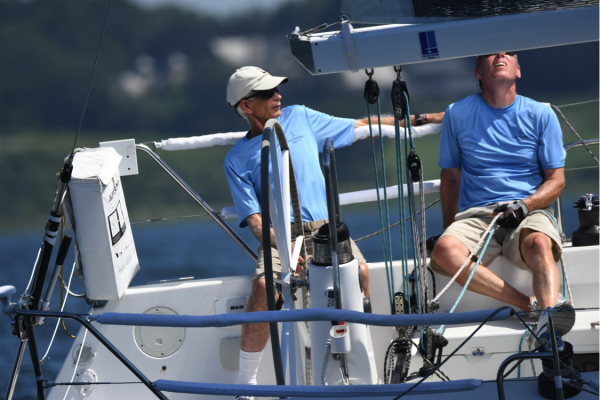
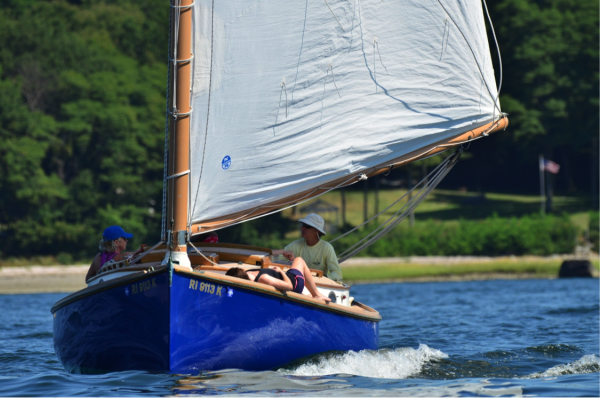
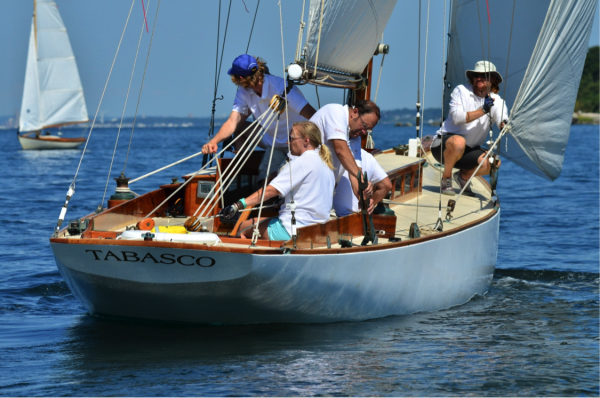




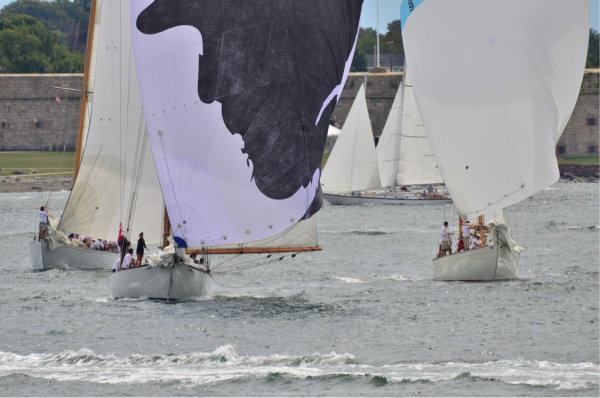
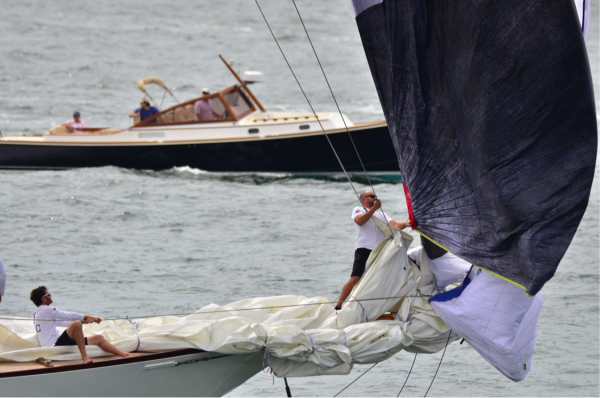
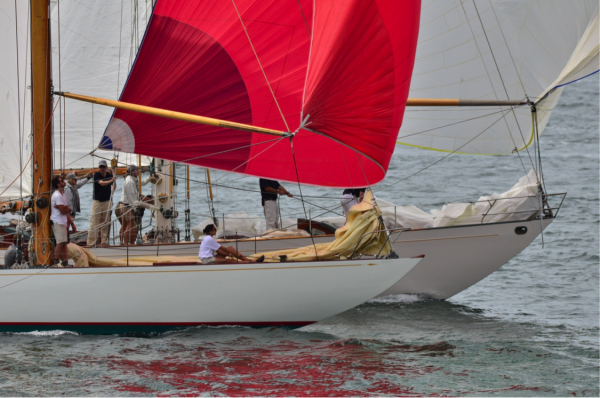
The Sigma 50-100 f1.8 Art lens.
I asked a lot of this lens. First and foremost, it was my wider angle option while shooting the regattas. My secondary use for the lens was to shoot the shore-side activities. For the on shore activities, as expected, it was superb. Where the lens far outperformed expectations however, was how this Art lens performed in the very sport role of being my wider option during the sporting events that I shot. This lens isn’t sealed, so again, I had to protect it from splash while on the water which was easy as there are several relatively inexpensive options out there. This lens is amazingly sharp, and even thought it’s not a “sports” lens, it tracks really well even with my Nikon D5100. Finally, this lens is built like a tank.
I actually shot several events using this lens over month that I had it. In each event, I really tested the capabilities of the lens and camera it was connected to. It never disappointed me. I used the lens on 3 different Nikon cameras, the D500, D7000 and the D5100. I saw no fall off in performance even when I used it with the D5100.
Did I get some blown shots, absolutely, lots of them, especially when I was shooting on the water, but as I expected, the lens performed great both in low light conditions and during the daytime shooting I did. However, I was most impressed with the images I got using my backup camera, the D5100 during the Herreshoff Classic Yacht Regatta. As a mid level consumer grade (2 generations old) camera, I didn’t expect to get that I’d get many great pictures from it.
Here are my thoughts on the Sigma 50-100mm f1.8. It’s a completely different animal than the 150-600. Where the bigger lens is a tool that the photographer can use to reach out and grab the finest details of his subject at incredible distances, this lens in the right hands will create great art. Sigma certainly knew what they were doing when they put this lens in their Art lineup. The wide aperture of f1.8 is truly unique, especially in a zoom lens.
I’d like to take this opportunity to thank Sigma for their continued commitment to us crop sensor camera users. The tools you continue to give us enable us to compete with the full frame, big, heavy, expensive equipment that Nikon & Canon want us to purchase if we want something more than a kit lens.
I think the closest lens that you can compare this with is the 70-200 f2.8 that everyone makes. It’s the lens that’s in just about every pro photographers (especially wedding photographers) kits. For us crop sensor Nikon users, the 70-200mm is a bit too long at a 35mm equivalent of 105-300. Canon users with a 1.6 crop factor have it worse. We really need the 50-150mm to get the same perspective that full frame photographers get with their 70-200. Sigma’s discontinued 50-150 f2.8 lens used to fit the bill. When this lens was introduced, my initial thought was that this lens didn’t reach 150mm. That thought quickly evaporated when I saw that this was a constant f1.8 lens. Even without the extra 50mm on the long end, this lens gives us the ability to do as much with depth of field as a photographer using a full frame camera with an f2.8 aperture lens (and that’s not even with what this lens could do coupled with one of the newest generation cameras like the D500).
The lens is incredibly sharp across the full spectrum of apertures, and zoom ranges even when pared with my old Nikon D5100, it gave me incredible images. I’ve had the opportunity to talk with a lot of pro photographers that come to Newport to shoot the races here. I always ask them how I can improve the quality of my photography. They all agree, the best way to improve your photography is to just keep shooting and learn from mistakes. Their 2nd suggestion is always to get better glass. They all agree that most of today’s cameras are capable of taking incredible images and that the limiting factor is the quality of the lens that you put on the front of your camera. I now believe them.
The lens doesn’t have many added features like optical stabilization. What it does have is a low profile auto/manual selector switch for focus and utilizes Sigma’s HSM focus motor so it’s compatible with entry level consumer grade cameras that don’t have a focus motor built in. It also has the ability to connect to the dock to fine tune the lens to your personal requirements.
The build quality is outstanding. This looks and feels like a pro lens. Everything on the lens is tight, but not so tight that operation isn”t smooth. The tripod foot that is included with the lens is small enough to not get in the way of when I zoomed the lens (though I’ve read reviews that didn’t like the low profile). Because of the weight of this lens, it’s definitely needed if you’re going to be shooting on a tripod. The lens hood is a petal type and attaches bayonet style. When stored on the lens (attached backwards) it covers the focus ring.
Again, since a picture’s worth a 1000 words, here are several thousand words (straight out of the camera (except for straightening out some horizons and 1 minor additional crop)…. Enjoy…..
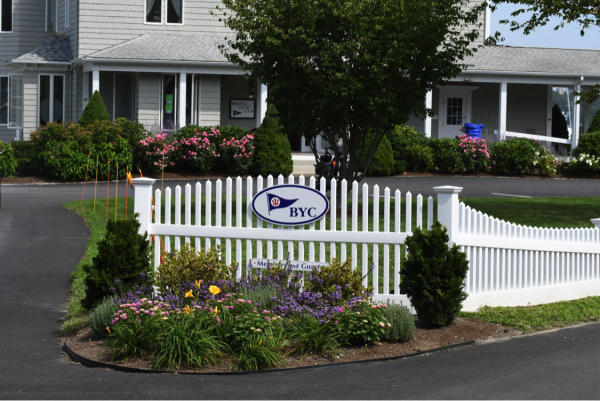
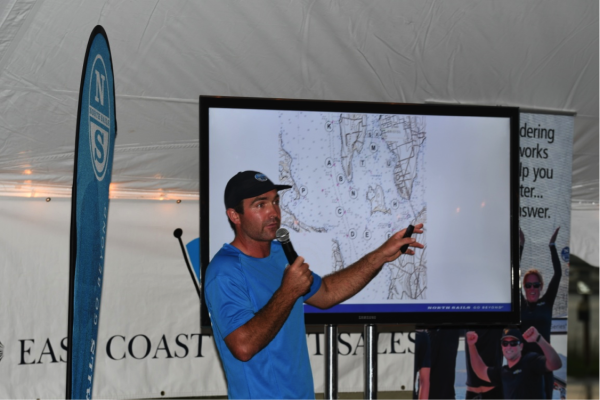
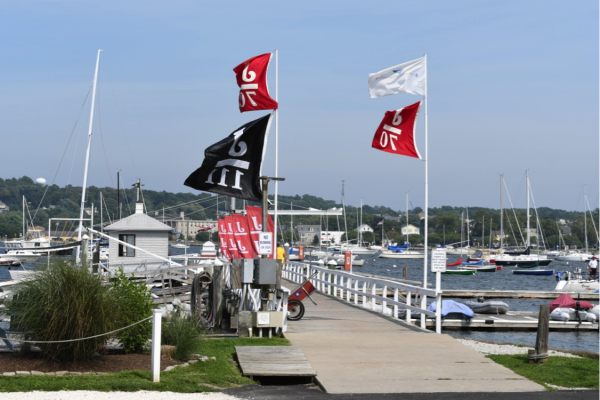
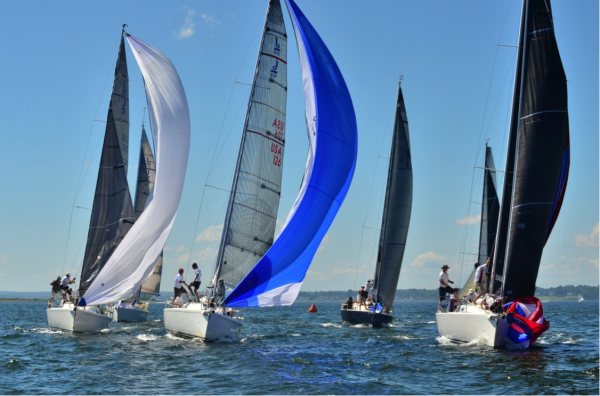

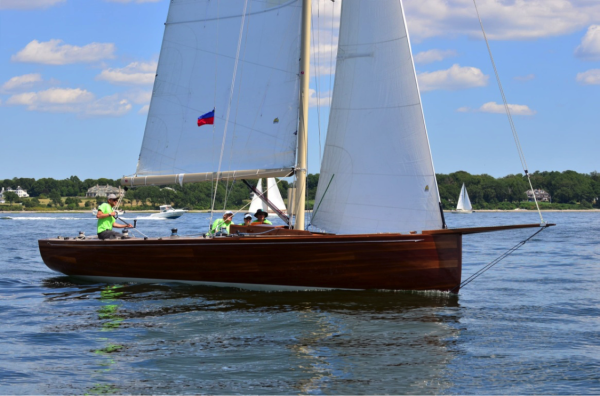
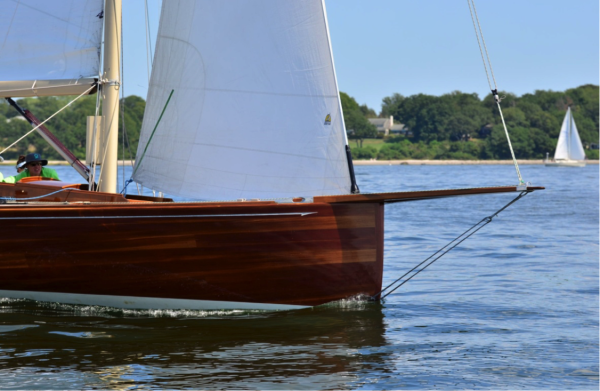
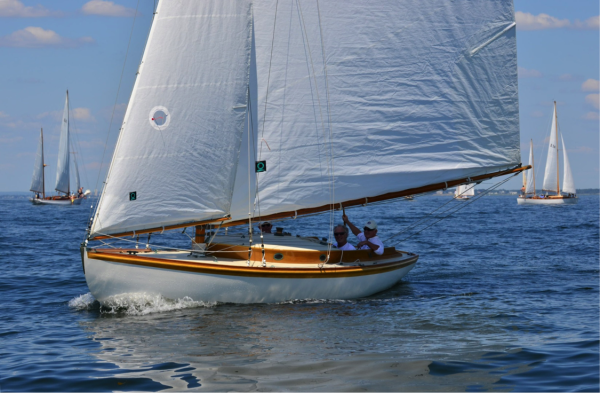

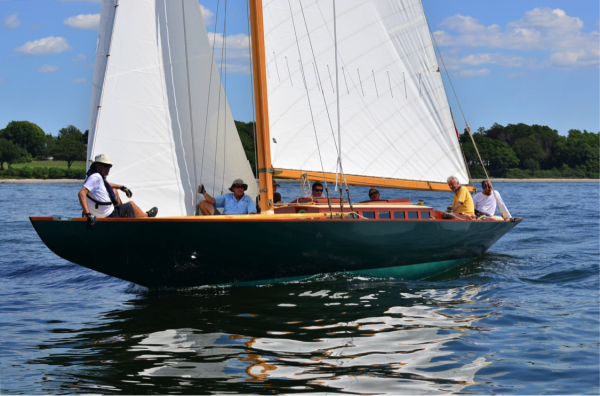
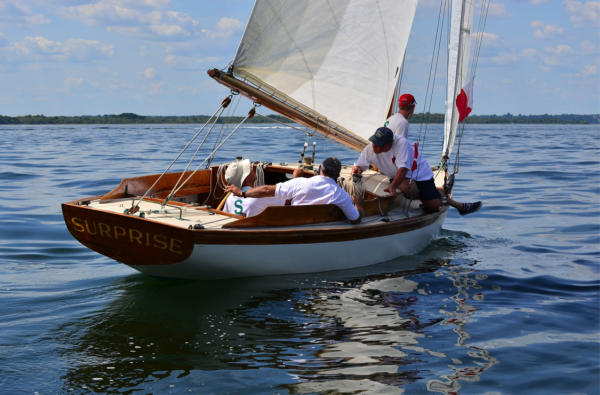
Finally, here are a couple shots that I took with the lens wide open…..
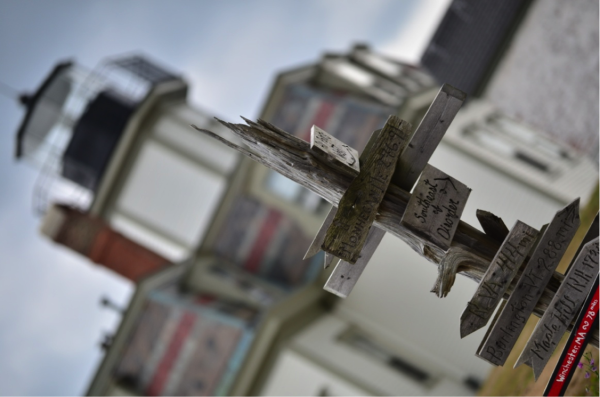
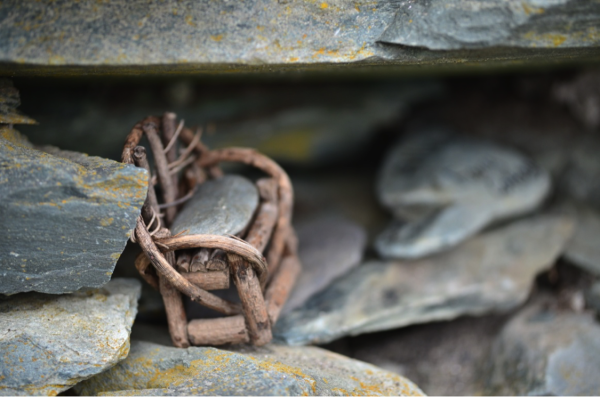
Some low light shots.
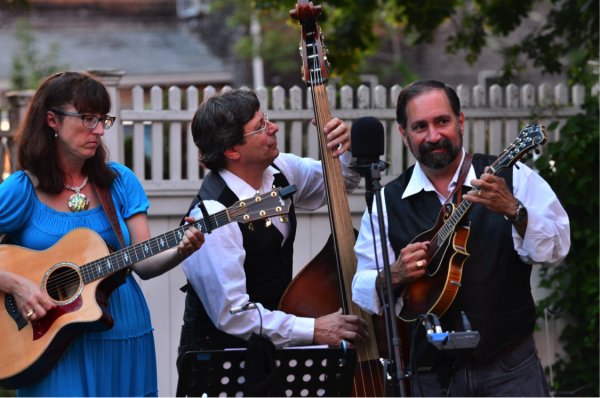
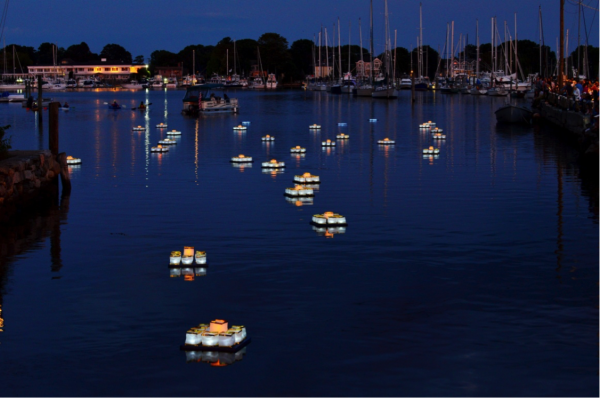
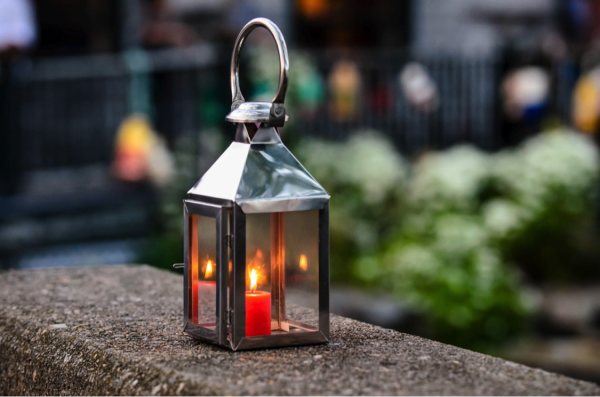


Thanks for sharing your experiences, great write up and photos. I shoot mainly city pictures of people with a clear view of the architectural background. I used to stop shooting around 6pm or 7pm during the summer, I wonder if the f1.8 would extend that time?
Gideon – thanks for the kind words, I think that the having a fast lens like the Sigma 50-100 f1.8 would definitely extend your shooting time a bit. You have to realize though that the wider open you set the lens, the shallower your Depth of Field (DOF) will be. From what you say in your comment, I think you’re going to want a large DOF to keep both your background and the foreground subject in focus. That said, I do a lot of low light shooting and find the range between f2.8 & f4 to be great compromise between a too shallow DOF and letting enough light in so that I don’t have to boost my ISO up too much.
Oh that is good to know. I’m not usually trying to blur my background too much any since I use my photos for paintingsale anyway.